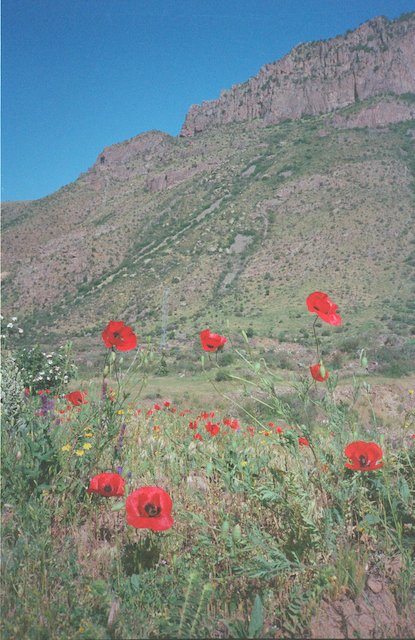I am an archaeologist specialising in the analysis of animal remains and subfossils from archaeological and paleontological sites. My research interest focuses on past human-animal interactions, particularly during important periods of transitions in human history. My research incorporates themes of human subsistence economy, paleoenvironmental reconstruction and taphonomy. I’ve worked in numerous archaeological sites in different regions around the world, from Eurasia and Eastern Africa to Southeast Asia and the Pacific. These sites date from the Late Pleistocene (ca. 50,000 years ago) to the Early Modern Period (1600-1800 CE).
Ongoing Projects
I'm currently co-leading field projects looking at agropastoralism in Late Iron Age Eastern Zambia (800-1000 CE) and Late Chalcolithic Southern Armenia (4000-3500 BCE). I’m also involved, as a specialist, in several projects, including the Togolok Archaeological Project, which investigates one of the most important Bactria-Margiana Archaeological Complex (BMAC) sites located in southern Turkmenistan (ca. 2300 BCE) and excavations in the Bukhara Oasis (Uzbekistan) looking at the occupation of the region from ca. 300 BCE to ca. 1200 CE. In addition, I’m currently studying fauna from cave sites in Madagascar to evaluate shifts in endemic faunal composition following the introduction of human commensal rodent species to the island (ca. 500 CE) as well as Late Pleistocene-Early Holocene (ca. 35,000- 8,000 years ago) animal remains from cave sites in southeastern Java (Indonesia). Likewise, I’m working with researchers from Mexico and the United States on projects examining human-megafauna interactions during the Late Pleistocene (approximately 15,000 years ago), as well as in Argentina on the topic of human-camelid interactions in sites dating back to before and after Spanish contact (15th-16th centuries CE). Finally, I’m working with archaeologists based in the Philippines, looking at the environmental impacts of translocation to the archipelago of animal and plant species from the Neotropics during the Spanish colonial period.
Past Projects
I earned an MSc in Archaeology at the Archaeological Studies Program of the University of the Philippines, and in my MSc thesis, I looked at the subsistence economy of early farming groups in Northern Philippines and the roles that domestic animals played in their societies.
I then worked as a research associate at the University of the Philippines for a couple of years and was involved in various research projects including those looking at animal husbandry in Neolithic Vietnam, lifeways of hunter-foragers that lived in Mindoro and Palawan Islands (Philippines) ca. 15,000-5000 years ago, agricultural intensification and craft specialization in pre-capitalist Northern Philippines and 16th-19th century fortified settlements in East Timor, among others.
I obtained my PhD at the French National Museum of Natural History (Muséum national d'histoire naturelle) and the Catalan Institute of Human Paleoecology and Social Evolution (Institut Català de Paleoecologia Humana i Evolució). My dissertation, drawing on themes of zooarchaeology, paleoecology and taphonomy, looked at human subsistence economies and hunting strategies in Eastern Java (Indonesia) during the Late Pleistocene to the Mid-Holocene (ca. 30,000-7,000 years ago), a time of dramatic climatic and environmental change. With the onset of the Holocene period (ca. 11,700 years ago), the subsistence economies of communities in the region shifted from reliance on hunting large animals such as pigs, deer and wild cattle to the capture of small fauna, particularly monkeys.
In the same year that I finished my PhD, I started a postdoctoral research position at the Department of Archaeology in the then-Max Planck Institute for the Science of Human History. My postdoc project looked at paleoecology and prehistoric occupation of cave sites in the rainforests of western Sri Lanka, specifically on the deliberate targeting of arboreal, difficult to capture preys (monkeys and squirrels) by humans that were present in the island starting ca. 50,000 using bone and arrow technology (the earliest documented outside Africa).
In addition, I was involved in other projects in Gobi-Altai (Mongolia), Eastern Sulawesi (Indonesia), Palawan (Philippines) and Kenya (the discovery of what is so far the earliest human burial in Africa).
I was also part of the team, led by researchers from the French National Museum of Natural History and the National Museum of the Philippines, that discovered the earliest evidence of hominin activity in the Philippines. The team found stone tools and a partially complete rhinoceros skeleton (assigned as belonging to a new genus) that showed evidence of butchery in a sediment bed dated to ca. 700 thousand years ago.




















